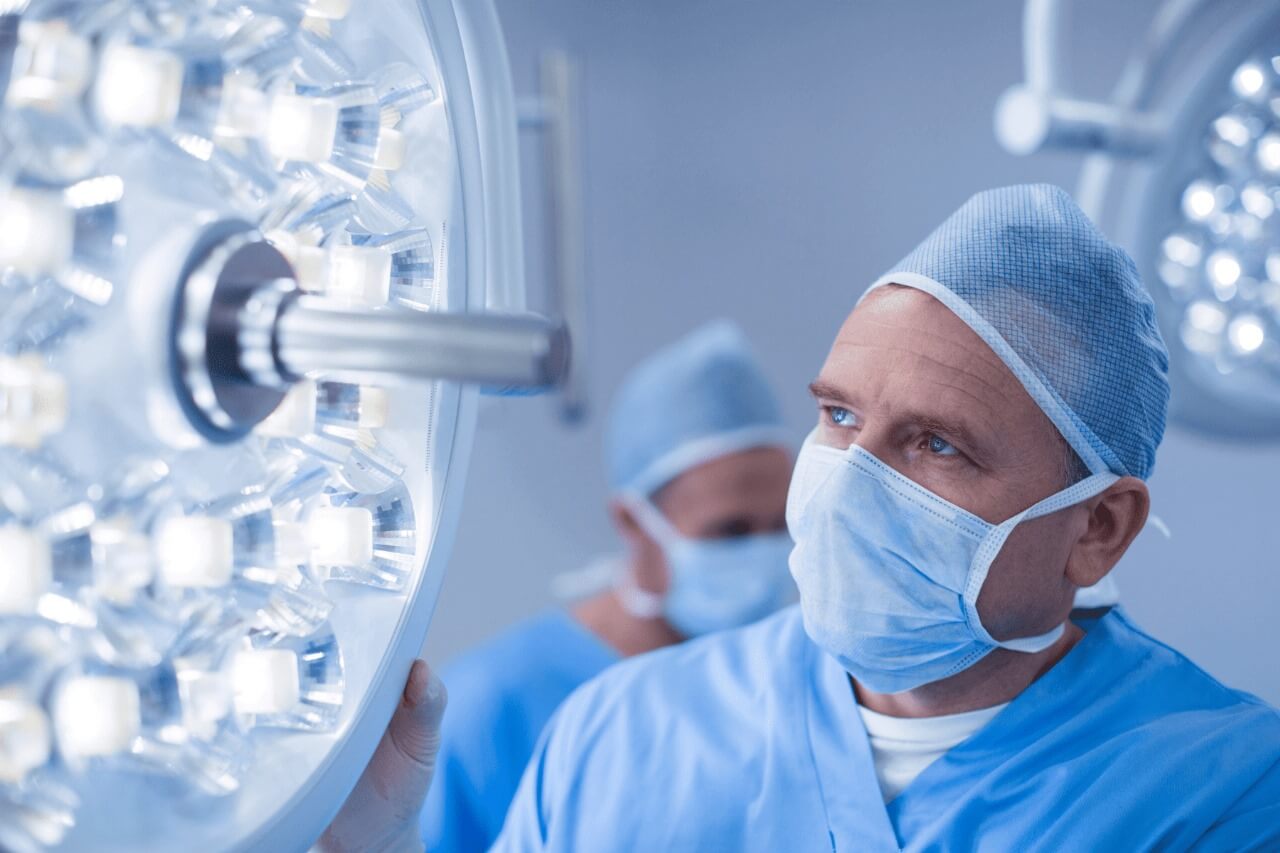Lighting design in healthcare settings is more than just a functional necessity; it plays a pivotal role in creating a healing environment and supporting the efficiency of healthcare professionals. This blog delves into the principles of designing optimal healthcare lighting, its benefits for patients and staff, and the latest innovations shaping the industry.
Principles of Healthcare Lighting Design
- Patient-Centered Approach: The primary focus of healthcare lighting design should be the patient. Lighting should be comfortable, non-intrusive, and adaptable to individual needs. This includes providing natural light where possible, as well as adjustable artificial lighting that can be controlled by the patient to enhance comfort and autonomy.
- Functional Zoning: Different areas within healthcare facilities have unique lighting requirements. For instance, operating rooms need high-intensity, shadow-free lighting, while patient rooms benefit from softer, adjustable lighting. Corridors and common areas should be well-lit to ensure safety and ease of navigation. Designing lighting based on the specific functions of each area ensures optimal conditions for both patients and staff.
- Flexibility and Adaptability: Healthcare environments are dynamic, often requiring changes in lighting conditions throughout the day. Flexible lighting systems that allow for adjustments in intensity, color temperature, and direction can cater to varying needs, from performing intricate medical procedures to creating a calming atmosphere for patients.
- Energy Efficiency: Sustainable lighting solutions are crucial for reducing operational costs and environmental impact. Energy-efficient lighting, such as LED systems, not only consume less power but also have longer lifespans, reducing the need for frequent replacements and maintenance.
Benefits for Patients
- Enhanced Healing Environments: Proper lighting can create a soothing and healing environment for patients. Exposure to natural light or lighting that mimics natural daylight can improve mood, reduce stress, and promote faster recovery. This is particularly important in patient rooms and common areas where patients spend significant amounts of time.
- Improved Sleep Quality: Adequate lighting supports the regulation of circadian rhythms, which is essential for maintaining healthy sleep patterns. Healthcare lighting systems that adjust throughout the day can help patients maintain a natural sleep-wake cycle, improving overall health and recovery.
- Safety and Comfort: Well-designed lighting reduces the risk of falls and accidents, particularly in areas like bathrooms and hallways. Adjustable lighting in patient rooms allows patients to control their environment, enhancing comfort and reducing anxiety.
Benefits for Healthcare Staff
- Enhanced Work Performance: Healthcare professionals rely on high-quality lighting to perform their tasks accurately and efficiently. Proper lighting enhances visual acuity, reduces the risk of errors, and supports the identification of subtle changes in patients’ conditions. This is critical in settings such as examination rooms, operating rooms, and laboratories.
- Reduced Fatigue: Poor lighting can lead to eye strain and fatigue, negatively impacting staff performance and wellbeing. Effective lighting design, including task lighting and ambient lighting, reduces fatigue and supports sustained concentration, leading to better care delivery and increased job satisfaction.
- Support for Shift Work: In healthcare facilities that operate 24/7, lighting systems need to support the different shifts of healthcare workers. Dynamic lighting that simulates natural daylight can help staff adjust to night shifts and reduce the adverse effects of shift work on circadian rhythms.
Innovations in Healthcare Lighting
- Circadian Lighting Systems: These systems mimic the natural progression of daylight, supporting the body’s circadian rhythms. By adjusting the light’s intensity and color temperature throughout the day, circadian lighting systems help maintain natural sleep-wake cycles, benefiting both patients and staff.
- Human-Centric Lighting: This approach focuses on the biological and emotional needs of individuals. Human-centric lighting systems provide tailored lighting solutions that enhance health and wellbeing. These systems consider factors such as light intensity, color temperature, and timing to create environments that promote healing and efficiency.
- Smart Lighting Solutions: Advances in smart technology have led to the development of lighting systems that can be controlled remotely and adjusted based on specific needs. Features such as motion sensors, dimmers, and programmable lighting schedules enhance energy efficiency and user experience. In healthcare settings, these features ensure optimal lighting conditions while minimizing energy consumption.
- Integration with Health Monitoring Systems: Future healthcare lighting systems may be integrated with health monitoring technologies to provide personalized lighting conditions based on patient needs. For example, lighting could adjust automatically based on a patient’s activity level, mood, or vital signs, offering a more responsive and supportive environment.
Future Trends in Healthcare Lighting
- Sustainable Solutions: As environmental concerns grow, there is a push towards more sustainable lighting solutions in healthcare. This includes the use of energy-efficient lighting, renewable energy sources, and materials that reduce the environmental impact of lighting systems.
- Advanced Control Systems: The development of advanced control systems, including artificial intelligence and machine learning, will enable more precise and adaptive lighting solutions. These systems can learn from usage patterns and preferences, continually optimizing lighting conditions for both patients and staff.
- Personalized Lighting: Future trends point towards lighting systems that offer personalized experiences for patients and staff. By leveraging data and smart technologies, lighting conditions can be tailored to individual preferences and needs, enhancing comfort and efficiency.
Conclusion
Effective healthcare lighting is essential for creating environments that support patient wellbeing and enhance staff performance. By adhering to principles of patient-centered design, functional zoning, flexibility, and energy efficiency, healthcare facilities can optimize their lighting systems. Ongoing innovations and future trends promise to further improve the effectiveness of healthcare lighting, ensuring that both patients and healthcare professionals benefit from environments that promote healing and efficiency.
